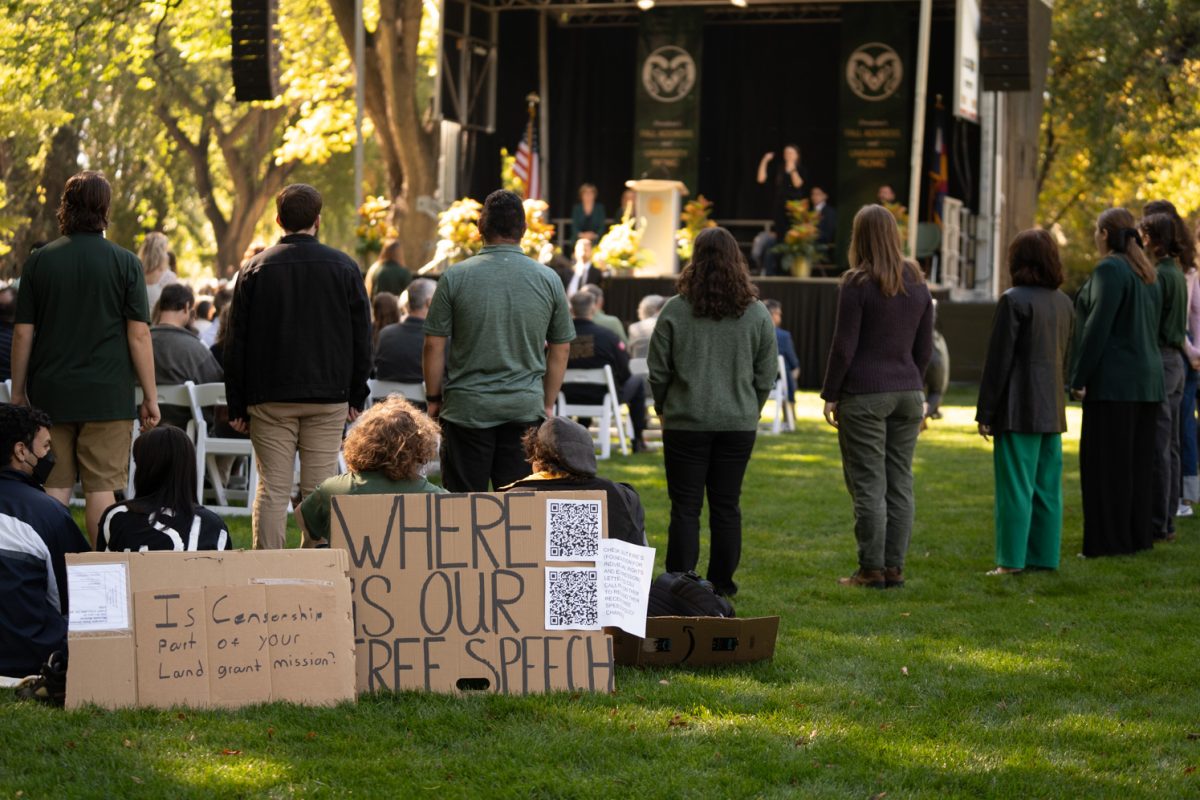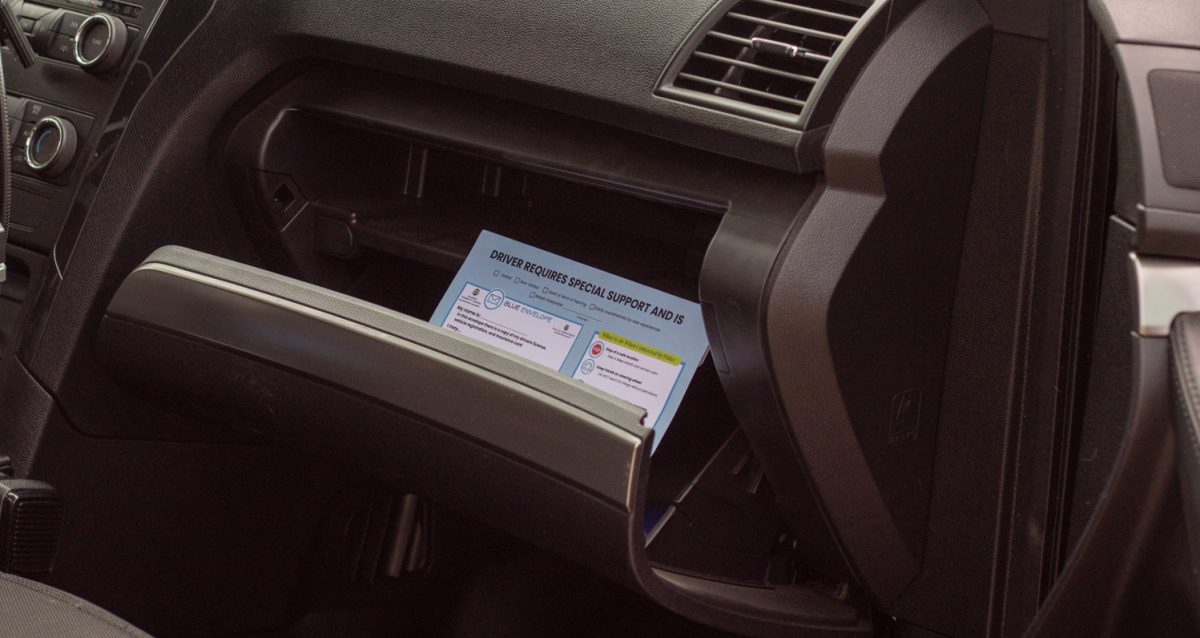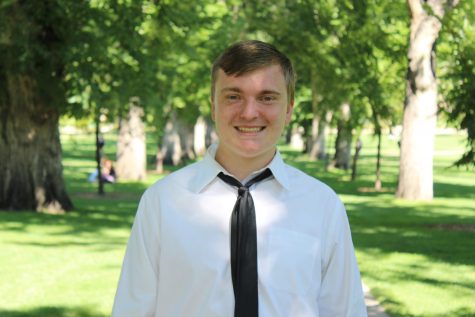The economic crisis caused by the COVID-19 pandemic has worsened issues like housing and job loss.
But food insecurity, especially among students on college campuses, has also grown. According to Paul Donnelly, communications director for the Food Bank of Larimer County, food insecurity could increase as much as 55% this year in Larimer County.
In an email to The Collegian, Donnelly wrote that the projection is likely a worst case scenario, but it would indicate an additional 17,880 food insecure people. Donnelly added that the pandemic has changed the food bank’s distribution model, but not its reach.
“With our COVID(-19) drive-up food distribution model, we have had to scale back our days and hours of operation because of the intense staff and volunteer resources that are necessary to get food out safely,” Donnelly wrote. “Instead of 50 hours per week, we are only able to distribute 25 hours per week. Even still, we are averaging about 400 households a day.”
With the food bank’s new distribution model, following COVID-19 guidelines, clients pull into the parking lot and navigate through the line. When they reach the front of the line, a cart or carts of preselected foods is brought to their car for them to load, according to Donnelly. There is also a walk-up line, as many clients arrive by foot since both food pantries are on major transportation lines.
Some of the food bank’s programs are experiencing high increases in demand, and the new distribution model has a “bottleneck” effect, Donnelly wrote. The email added that the food bank expects demand will continue to increase as government benefits diminish.
From a philosophical standpoint, we have to recognize that the high cost of college is partly the culprit. So our response is somewhat of a Band-Aid fix. Until we can address the high cost of college, this will be a necessity.” –Michael Buttram, Rams Against Hunger coordinator
According to the email, visitation has been down since the pandemic began, with an average 10,500 visits per month for March, April and May compared to an average of roughly 17,000 visits for the first eight months of the 2020 fiscal year. However, Donnelly went on to add that cart size has increased to roughly 45 pounds of food per visit, and that factors such as unemployment pay and stimulus checks may have contributed to the decrease in visitations.
The food bank has also introduced new services that may have driven visitations down. According to the email, one such service is bi-weekly pop-up pantries, which are mobile food pantries that visit underserved areas to make food more accessible. The pop-up pantry is currently located in Poudre High School’s parking lot, where they are serving roughly 150 households per 90-minute event.
Michael Buttram, the Rams Against Hunger coordinator in the Student Leadership, Involvement and Community Engagement office, said Rams Against Hunger is a response to a problem the University has seen growing among college students.
“I would say CSU started doing food insecurity work early on in the game, and that was primarily due to the vision and the foresight of my supervisor … Jen Johnson,” Buttram said. “She was listening to a lot of the students and hearing the story beyond just the age-old joke about college students having to eat ramen noodles and tuna fish.”
Buttram said that when the program started in 2017, they tried out a few different pilot programs to see how they could best meet student needs. One of those was a monthly food pantry which has since expanded.
“They recognized that it wasn’t going to be enough, that there were certain students that were gonna need much, much more than a once-a-month opportunity to get some groceries,” Buttram said.
This semester, Rams Against Hunger will operate a food pantry three times a week outside the Lory Student Center Theatre and continue weekly operations with the RamRide Food Operations program. Additionally, there are three pocket pantry locations on campus, and students can apply for 60 meal swipes through the Rams Against Hunger Meal Swipe Program.
Buttram said the meal swipe program, which has allowed students about one meal a day Monday through Friday, keeps students at the University because they do not have to worry as much about whether they need to drop out so that they can work more hours.
“It showed, in the data we have, higher levels of retention among those students than in a similar peer cohort, so we know that the job works,” Buttram said.
Buttram said that the Rams Against Hunger program wants to focus more heavily on helping students access Supplemental Nutrition Assistance Program benefits. According to the SNAP website, the program helps with food assistance, traditionally known as food stamps — a phrase that Buttram said is stigmatized.
“What people don’t realize is that if you qualify for work-study, you are all but guaranteed to qualify for SNAP benefits,” Buttram said. “I really want to start to normalize that language (and) start to get people understanding that … this is the way to support (their) food needs during the college experience, and there is no shame in it.”
The food pantry is open from 4-7 p.m. Wednesdays and Thursdays and 9 a.m. to noon on Fridays. The pocket pantries are located in the LSC near the Associated Students of CSU east-side Plaza entrance, at the Aggie Village Family Center and at the University Village Apartments.
The RamRide Food Ops program, a partnership between Rams Against Hunger, RamRide and the Food Bank of Larimer County, adjusted services in response to COVID-19 and will deliver food boxes to students, faculty and staff living on and off campus, according to the Rams Against Hunger website. Deliveries take place between 1 and 3 p.m. every Friday, and recipients can choose up to two Fridays a month for delivery.
According to the website, the Food Ops application only takes a few minutes and can be completed once for the entire semester or before each desired delivery. The application is on the website.
“From a philosophical standpoint, we have to recognize that the high cost of college is partly the culprit,” Buttram said. “So our response is somewhat of a Band-Aid fix. Until we can address the high cost of college, this will be a necessity.”
Noah Pasley can be reached at news@collegian.com or on Twitter @PasleyNoah.









